Nine Women’s History Exhibits to See This Year
Museums around the country are celebrating how the contributions of remarkable women changed everything from human rights to mariachi music
/https://tf-cmsv2-smithsonianmag-media.s3.amazonaws.com/filer/24/b9/24b9cef3-5c7b-46b3-b38c-ca4935845248/the_awakening.jpg)
Across the Smithsonian, women's history is at the forefront, in part because of the launching of the new American Women's History Initiative. The National Museum of American History tells the story of women's outsized role in domestic work, the National Museum of the American Indian drew attention to the kidnapping and murder rates of indigenous women in a month-long moving outdoor installation in March, and the National Portrait Gallery opened a brilliant exhibition on the push for women's suffrage (more on that below), among many other events and happenings. But the Smithsonian museums and loads of others across the country are keeping up the momentum throughout the year, staging female-focused exhibitions that highlight the remarkable achievements of women artists and changemakers today and throughout our nation's history.
Here are 9 of our favorites:
"Estampas Chicanas"
McNay Art Museum, San Antonio, Texas; Now through May 5, 2019
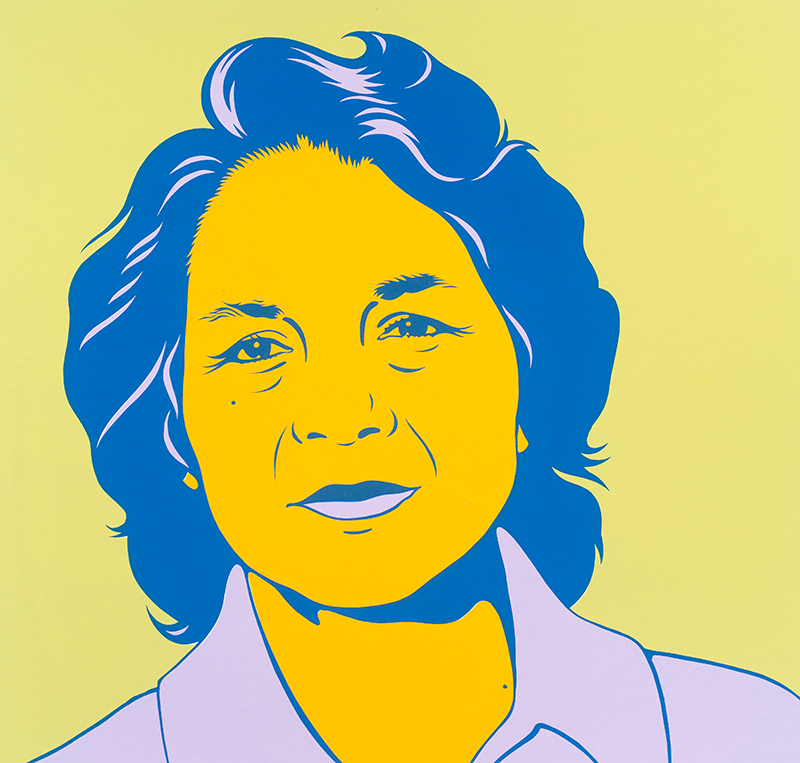
The Chicano labor movement isn't as progressive as some might think—often excluded are Chicana artists, the women in the community who fight to make their voices heard despite being historically overlooked. "Estampas Chicanas" focuses on those women, pulling together a compelling series of prints, many never before exhibited at the McNay Art Museum. The pieces include Barbara Carrasco’s portrait of Chicana labor leader Dolores Huerta, which inspired the entire exhibit, and Isabel Martinez’s 2001 screenprint “VG Got her Green Card,” showing a proud Virgin of Guadalupe displaying her brand new official government ID. There's also an interactive kiosk that allows visitors to dive deeper into the lives of the women featured in the exhibit, as well as related Chicanas, like Emma Tenayuca, a labor leader from San Antonia who organized a 1938 strike by pecan shellers.
"Trailblazing Women of Mariachi Music"
Mexican-American Heritage and History Museum, Tucson, Arizona; Now through May 5, 2019
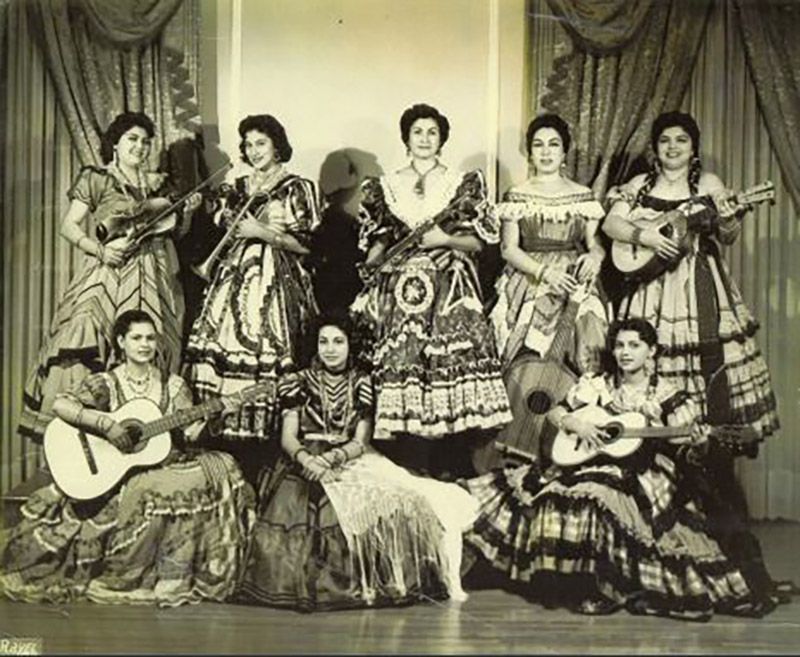
When we think of mariachi, it’s typically considered a male act in Mexico—but women have had a hand in the musical style as well. The Mexican-American Heritage and History Museum, a new museum in Tucson located in the historic Sosa-Carrillo House, is honoring those women with the exhibit "Trailblazing Women of Mariachi Music." Leonor X. Perez, a San Diegan and founder of the San Gabriel's Mariachi Women’s Festival, curated the exhibit.
Women playing instruments (often the violin) in bands and sometimes singing have influenced mariachi, a musical form that originated in Mexico, for more than a century. In fact, the first mariachi group to perform for the military was all women, and played for troops in Vietnam. This exhibit seeks to show this lesser-known aspect of mariachi history through instruments, mariachi dresses, vintage artifacts and portraits of female musicians—like Rosa Quirino, who led an otherwise all-male mariachi band in 1903, and Isabel Lopez Soto, who fought for women who were being harassed in Mexico City's Garibaldi Square for trying to perform in the 1970s.
"Betye Saar: Keepin' It Clean"
New-York Historical Society, New York, New York; Now through May 27, 2019
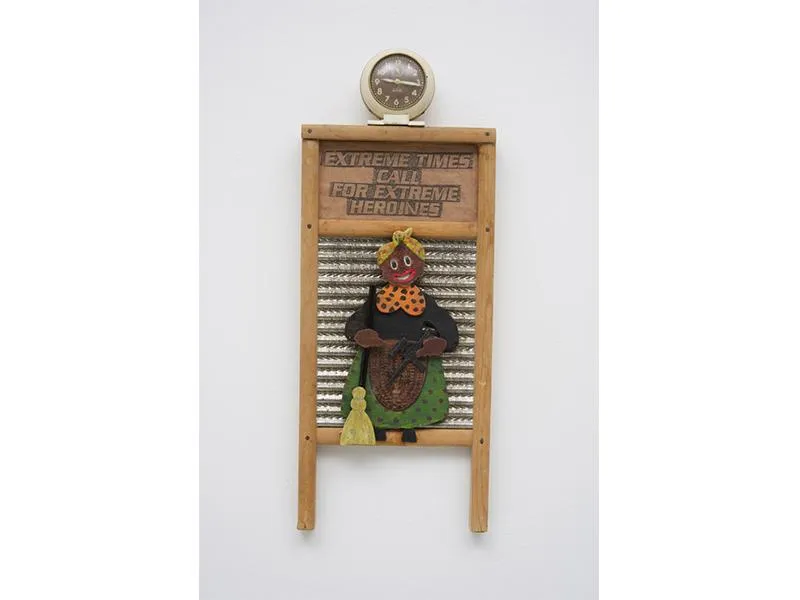
To most of us, a washboard is nothing more than what it looks like: an antique device for cleaning clothes. But to artist Betye Saar, it's something much different. In her hands, it becomes a vehicle for raising awareness about continued racism in the United States. "Betye Saar: Keepin' It Clean" pulls together a collection of evocative washboard art created by Saar between 1997 and 2017. She combines the antiques with mixed media artwork, including paintings, mammy dolls and collage. “Saar says that it’s about keeping everything clean, keeping politics clean, keeping your life clean, your actions clean,” Wendy Ikemoto, New-York Historical Society’s associate curator of American art, told Good Black News. “She wants America to clean up its act and a lot of her art has to do with this idea that we haven’t cleaned up our act.”
"Dorothea Lange: Politics of Seeing"
Frist Art Museum, Nashville, Tennessee; Now through May 27, 2019
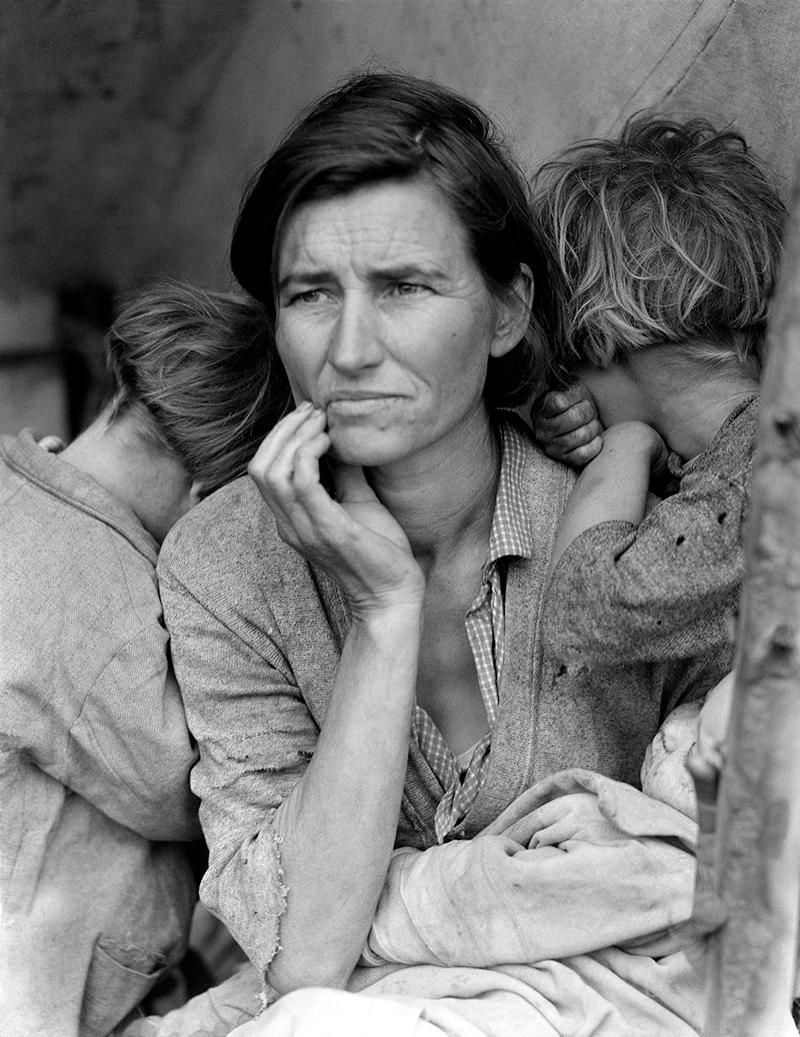
When documentary photographer Dorothea Lange first ventured away from her portrait work of San Francisco's elite and took her camera into the streets, she did so with the intention of capturing the economic devastation outside her home. At first, she focused on the unemployed affected by the Great Depression, but later moved to also cover migrant workers, refugees, discrimination and women's rights. "Politics of Seeing" explores the span of Lange's career with more than 150 objects.
The exhibit includes upwards of 85 framed vintage photographs and 50 digital prints from original negatives, including her iconic 1936 portrait "Migrant Mother" and images of herself taking photos. Lange once noted, “The photograph is not the object. The consequences of the photograph are the object.” This show perfectly displays that mindset, prompting visitors to see the history of suffering and injustice in the country and compare it to today's world.
"Women Artists of the Mountain State"
Huntington Museum of Art, Huntington, West Virginia; Now through June 30, 2019
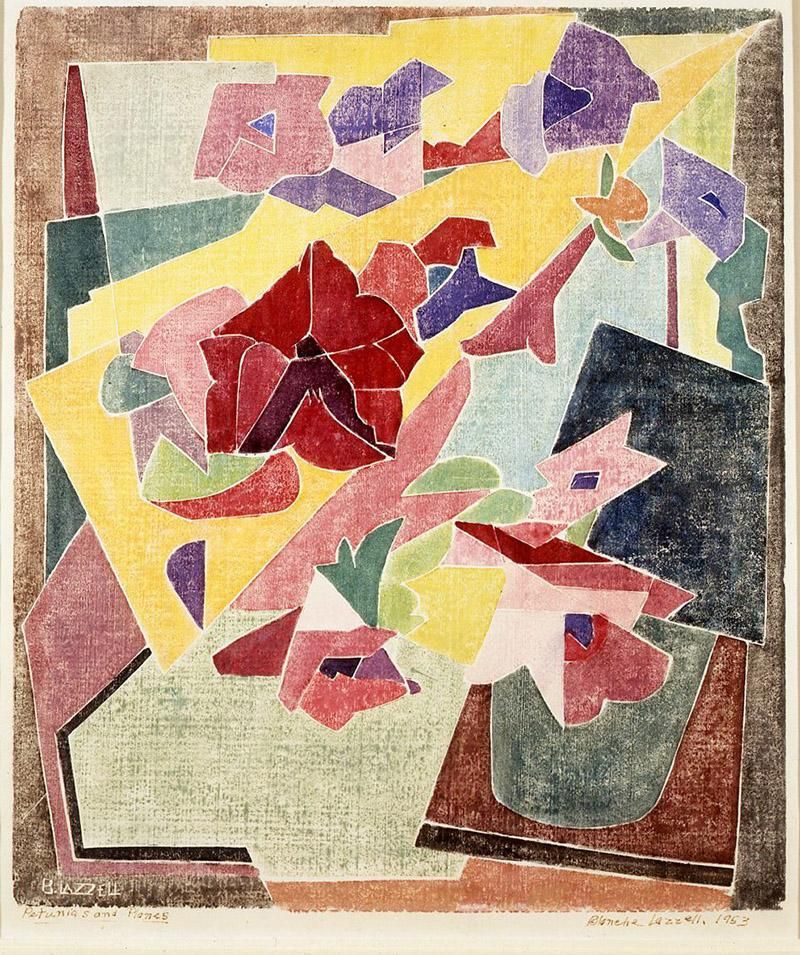
Historically, thanks to the rural landscape of much of West Virginia, artists in the state have had a difficult time getting their work out into the public—no matter if they’re male or female. Several women from the Mountain State, though, have been able to achieve some fame as professional artists. The Huntington Museum of Art is honoring these women, as well as some artists who never received proper recognition, with the exhibit "Women Artists of the Mountain State."
One of the featured artists is Blanche Lazzell, an early 20th-century modernist known for her woodblock prints. Another on display is Edith Lake Wilkinson, whose work was largely hidden for 40 years. When Wilkinson was 56, she was institutionalized—and all of her worldly possessions, including her body of art, were packed into a trunk and shipped to her nephew. The trunk was stashed in an attic, not to be opened for decades, until her nephew’s sister-in-law found it. Wilkinson enjoyed painting outdoor scenes of houses, beaches and alleys in Cape Cod, where she belonged to an art colony and worked in an Impressionist style.
"Hearts of Our People: Native Women Artists"
Minneapolis Institute of Art, Minneapolis, Minnesota; June 2, 2019, to August 18, 2019
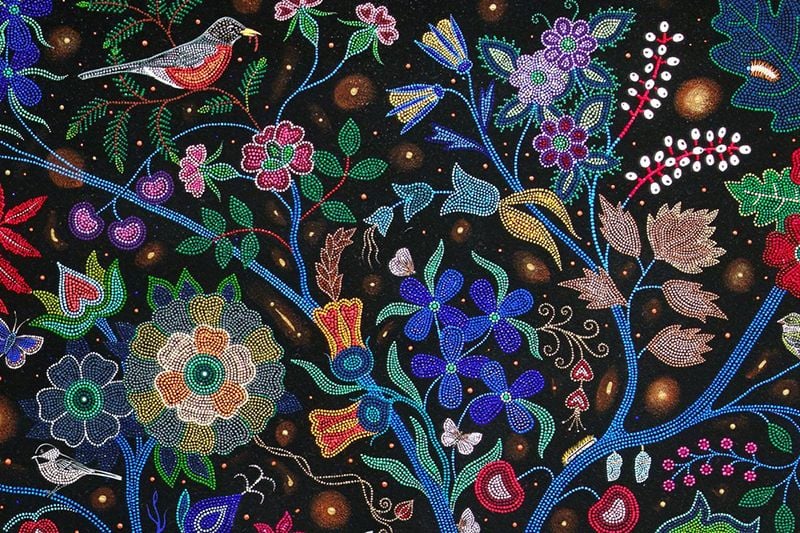
The art of Native American women—from pottery and fabric to woven baskets and dolls—has long been unattributed. Rather than acknowledging that the pieces are the work of individual artists with their own intentions and influences, they are often viewed as the creations of the collective culture. But the reality is that the majority of the people behind these creations are Native American women, the unsung artists of the community. "Hearts of Our People: Native Women Artists" celebrates unsung Native women artists and the work they've produced over the last millennium. Not to miss are the two works commissioned specifically for the exhibit. The first, by master weaver D.Y. Begay (Navajo), is a woven tapestry made in traditional Navajo style on an upright loom, showing a snowy Minnesota landscape. The second is a modern-day representation of an Osage wedding coat, which Tulsa-based artist Anita Fields (Osage-Muscogee) made with materials including silk, sequins, wool, painting, beads, clay and more.
"She Persists: A Century of Women Artists in New York, 1919-2019"
Gracie Mansion, New York, New York; Now through December 2019
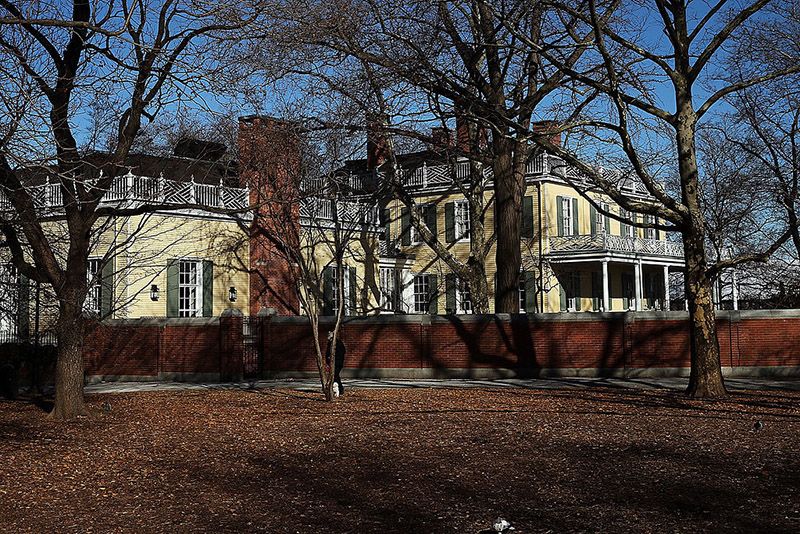
For the first time, the Gracie Mansion is hosting not only it's largest exhibit on record, but also the first to focus exclusively on women-identifying artists. "She Persists" honors art in the 100 years from the ratification of the 19th amendment, which gave women the right to vote, up to now. Each of the 44 artists represented in the show—some as young as 29, others past the 100 mark—has a significant connection to New York.
The exhibit has been hailed as a love letter to New York by critics. Some notable pieces to see include two odes to the George Washington Bridge (Faith Ringgold’s 1988 story quilt “Tar Beach 2” and Berenice Abbott's 1936 photograph "George Washington Bridge I"), dolls made by Katharine Clarissa Eileen McCray, and a 1940 Isabel Bishop print showing two women on break at a lunch counter.
"Votes for Women: A Portrait of Persistence"
National Portrait Gallery, Washington, D.C.; Now through January 5, 2020
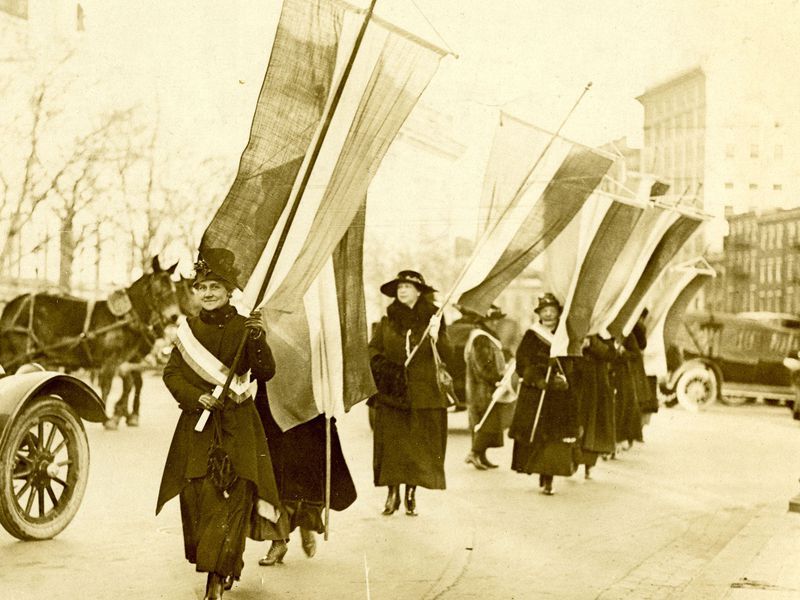
The National Portrait Gallery recently opened "Votes for Women: A Portrait of Persistence," an exhibition that strives to tell a more complete story of the women's suffrage movement that led to the ratification of the 19th amendment in 1920. The more than 100 portraits, documents and other objects in the show were carefully selected to credit the female activists of color in the movement that history often overlooks. This includes Victoria Woodhull, the first women to run for president; Alice Paul, an organizer of parades and pickets; and a dear friend of Paul's, activist Lucy Burns. Curator Kate Clarke Lemay writes, in the exhibition catalog, "Today, more than ever, it is critical to consider whose stories have been forgotten...and whose have not been deemed worthy to record."
"Rightfully Hers: American Women and the Vote"
National Archives, Washington, D.C.; May 10, 2019, to January 3, 2021
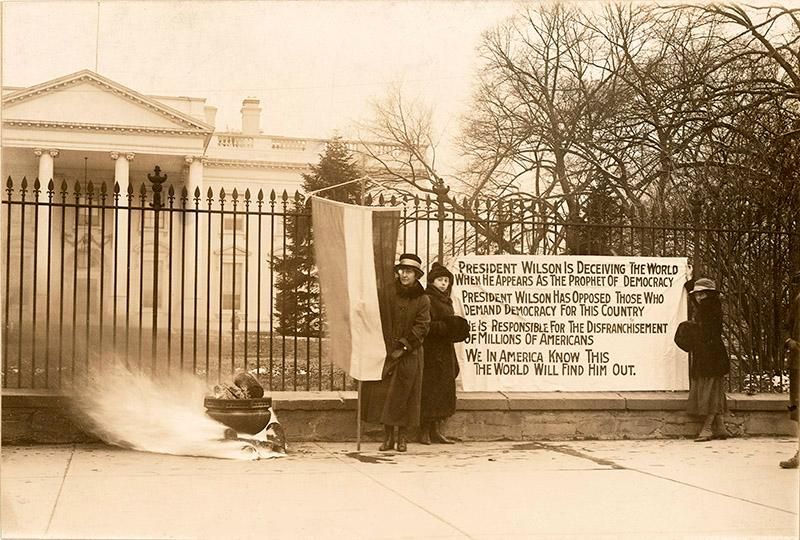
To honor the centennial of women's suffrage, the National Archives will launch a two-year-long exhibit, "Rightfully Hers: American Women and the Vote." The exhibit highlights more than 90 artifacts surrounding the road to women's suffrage, particularly examining which women didn't get the right to vote along with the 19th amendment due to race, ethnicity and class. Don't miss original campaign buttons, a collection of pussy hats, Women's March banners, rare footage of women voting for the first time and the original 19th Amendment.
For more information about Smithsonian exhibits on women's history, check out the Smithsonian American Women's History Initiative.
Planning Your Next Trip?
Explore great travel deals
Smithsonian magazine participates in affiliate link advertising programs. If you purchase an item through these links, we receive a commission.
/https://tf-cmsv2-smithsonianmag-media.s3.amazonaws.com/accounts/headshot/JenniferBillock.png)
/https://tf-cmsv2-smithsonianmag-media.s3.amazonaws.com/accounts/headshot/JenniferBillock.png)